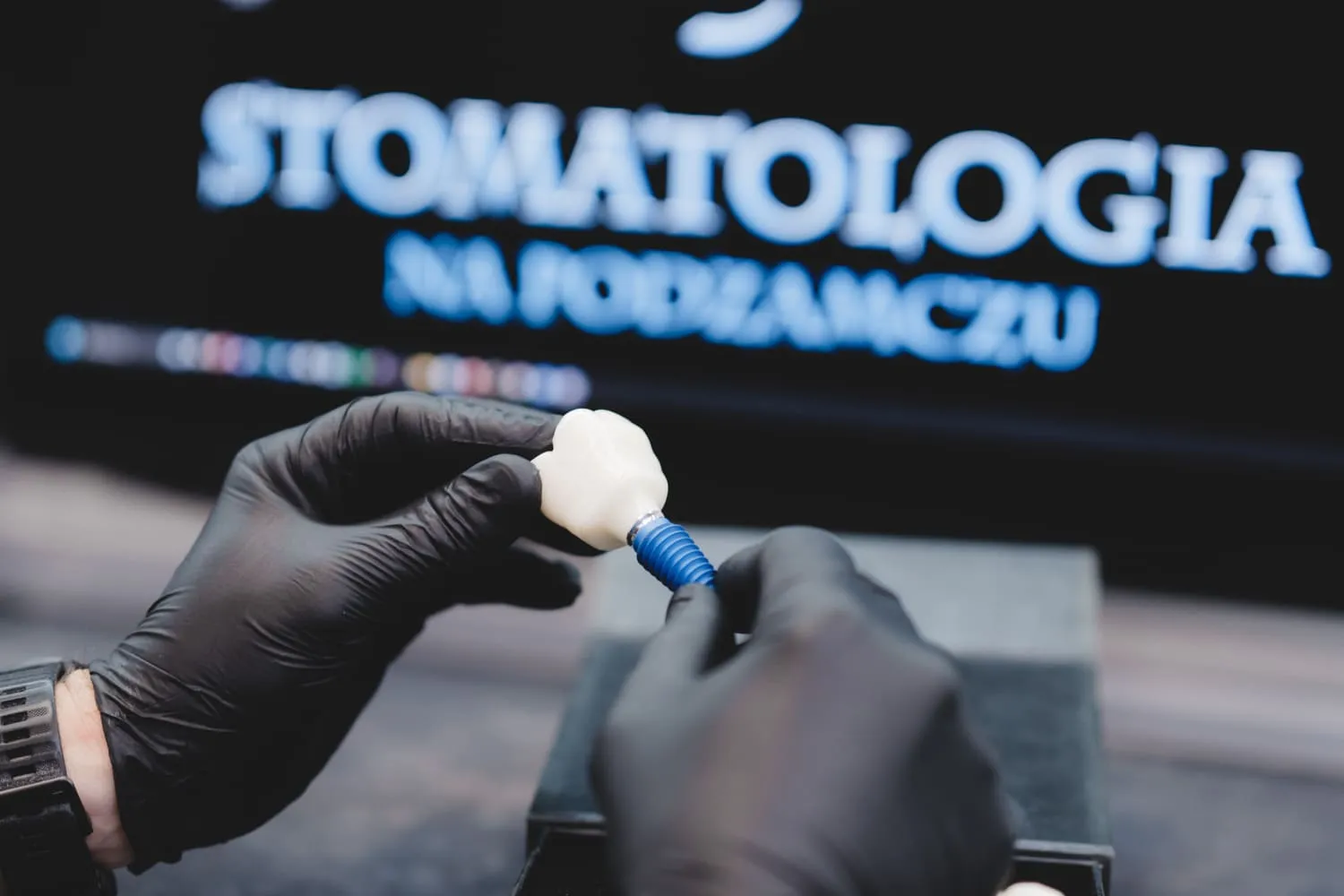How many visits are required for the restoration of teeth with implants?
The first visit is dedicated to diagnostics — examination of the patient, pantomographic X-ray examination (so-called OPG) or/and computerized tomographic examination (so-called CBCT) and often special diagnostic models. The implantologist then discusses a treatment plan with the patient, taking into account the conditions in the patient's mouth. As soon as the patient has given their consent, the date for the implant operation is set (duration 0.5-2.5 hours).
When and how are teeth attached to implants?
The standard procedure is to attach crowns, bridges, or dentures 4–6 months after implant placement. This time must pass so that the implant or implants can integrate well into the bone. The implants are then exposed, and so-called healing screws are screwed in to properly shape the gums around the future crown or bridge. After about two weeks, impressions are taken and the prosthetics laboratory fabricates a crown, bridge or prosthesis, which the doctor attaches to the implants in the patient's mouth. While crowns and bridges are usually fixed (cemented or screw-retained), dentures are usually restorations that the patient can remove to maintain good hygiene.











